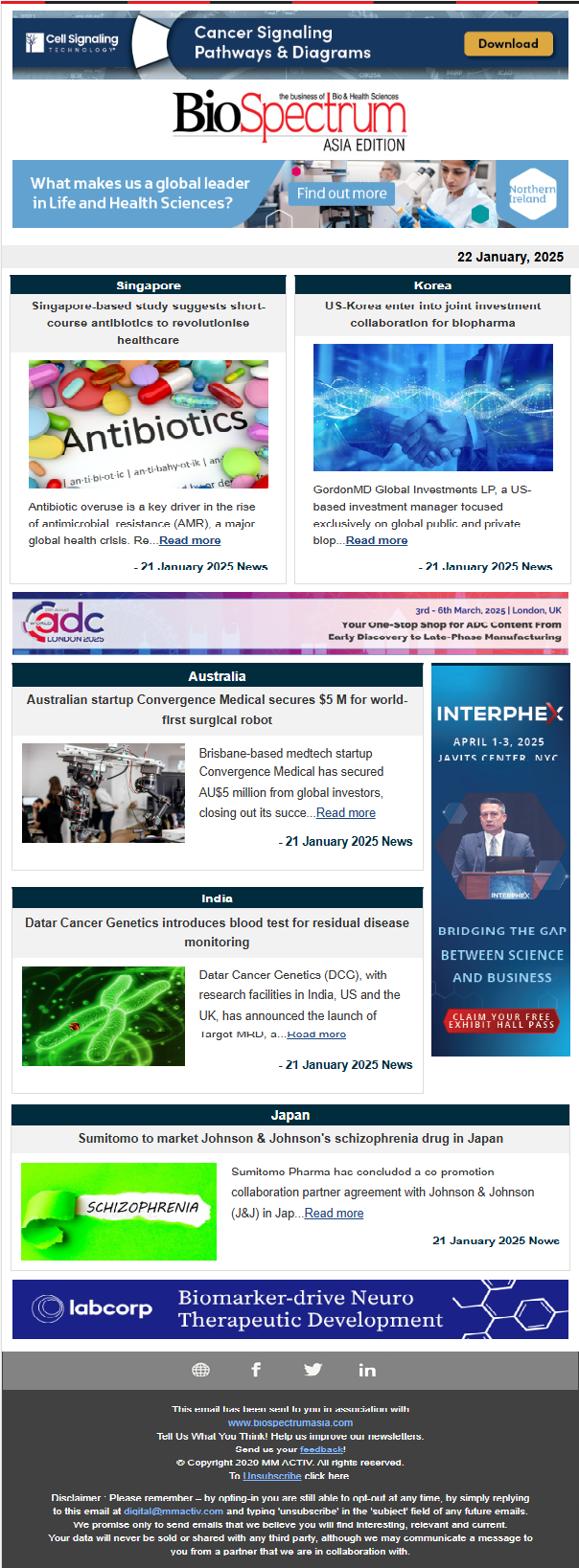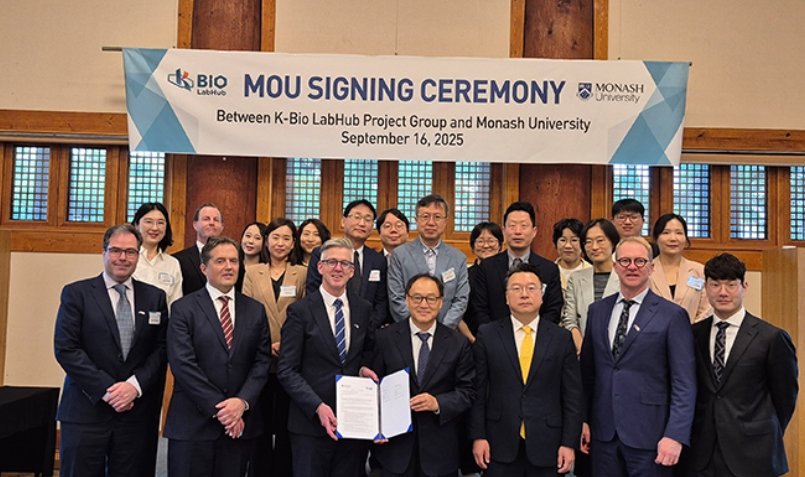
The digital transformation of medical communications has been both swift and sweeping. We’ve moved from highlighters and physical journals to citation managers, machine learning platforms, and natural language generation tools. Modern medical writers now rely on tools that can auto-generate patient narratives or identify trends in vast datasets.
Efficiency gains have been significant. Manuscripts that used to take weeks now get drafted in days. Errors in formatting or consistency have plummeted. Compliance checks that once required multiple rounds of human review are now semi-automated and algorithmically verified.
For today’s writers, especially those entering the field, these tools aren’t novelties—they’re expectations. But while tech has lifted the burden of many repetitive tasks, it has not replaced the cognitive load of storytelling, judgement, or ethical decision-making.
Where Tech Falls Short
When we ask an AI tool to summarise a meta-analysis on anticoagulants for stroke prevention in atrial fibrillation patients, the algorithm does its job: it lists relative risks, confidence intervals, and safety outcomes with impeccable structure and formatting.
But what it misses is that this particular meta-analysis includes a landmark real-world registry study that shifts clinical interpretation. The registry data, while statistically on par with randomised trials, highlighted differences in patient adherence and bleeding risk across populations not well represented in the original studies. That nuance wasn’t in the abstract. It wasn’t even front-and-center in the discussion. But to an experienced communicator, it was the most clinically relevant insight.
That’s the rub: AI can reproduce what’s said—it struggles with what’s meant. It doesn’t intuitively pick up on subtle but meaningful shifts in treatment paradigms, real-world applicability, or the difference between statistical significance and clinical relevance. It cannot tell when a new data point contradicts a long-standing standard of care, nor can it advise caution where a human would instinctively flag a red flag.
Even more critically, algorithms cannot gauge tone or responsibility. They might present favourable outcomes with overly optimistic language or bury risk information in a way that downplays its impact. But the integrity of scientific communication lies in balance, and striking that balance requires a human voice, grounded in ethics, empathy, and experience.
The Irreplaceable Human Element
Medical communications is not just about delivering information, it’s about making sure it lands.
Consider the medical writer who realises that a statistically insignificant side effect might carry serious implications for elderly patients. Or the editor who rewrites an AI-generated patient leaflet, knowing the original would confuse rather than clarify. These decisions require more than skill. They require empathy, clinical insight, and ethical intuition, none of which come preloaded in an algorithm.
The best communicators bring a unique mix of scientific fluency, audience awareness, and moral responsibility. They understand not just what needs to be said, but why, how, and to whom. Especially as MedComms expands into patient-directed materials, social media content, and multimedia platforms, that human understanding becomes even more vital.
The Skill Gap Dilemma
Yet, as we move toward more advanced tools and workflows, a critical challenge remains: the human-tech skill gap. Many experienced medical writers come from life sciences backgrounds. Their strengths lie in evidence synthesis, therapeutic knowledge, and editorial finesse, not in machine learning or API integrations. While they appreciate what AI can offer, they often lack the training to evaluate outputs critically or leverage tools fully.
On the other hand, technology teams building these tools often lack a nuanced understanding of regulatory requirements, medical writing workflows, or ethical boundaries. They build sophisticated systems often without realising they’re solving problems that don’t exist or complicating ones that do.
This disconnect creates a lopsided ecosystem where powerful tools are underutilised, misapplied, or outright resisted.
MedComms in Asia: A Tale of Divergence
While the MedComms landscape has globally embraced digital transformation, the pace and texture of this shift vary significantly across regions. In Singapore and other Southeast Asian countries, the industry remains a fragmented blend of global best practices and local constraints.
Compare this to the MedComms maturity seen in Japan, the US, or the UK. These markets benefit from a well-established ecosystem of medical writing academies, experienced freelancers, and client organisations that understand the value of strategic scientific communication. Tech adoption in these regions is not just about efficiency, it is embedded into the very DNA of how agencies operate. From automated literature surveillance to advanced content personalisation engines, the integration is deep and deliberate.
In contrast, Singapore and its neighbours are still navigating foundational questions: How do we build local MedComms expertise? How do we balance global compliance demands with local cultural relevance? And how do we ensure that digital tools don’t just automate, but also educate and elevate?
Within Singapore's MedComms community, there’s a growing appetite for digital tools—but also a cautious pragmatism. Most agencies have adopted standard platforms for reference management, plagiarism checks, and content automation. Tools like EndNote, Grammarly Business, and medical writing plugins for Microsoft Word are table stakes. A few forward-looking agencies are experimenting with AI-driven summarisation tools and automated slide deck generation software.
But fully integrated platforms, those that combine content planning, regulatory compliance, workflow automation, and real-time collaboration—remain rare.
Balanced Integration is the Way Forward
The future of MedComms is not about choosing between humans and machines—it is about blending the best of both. The ideal workflow is human-led, tech-enabled. Let machines handle repetitive tasks- citation formatting, terminology checks, database mining. But keep interpretation, narrative construction, and ethical oversight firmly in human hands.
For this to work, we need thoughtful collaboration. Writers must communicate their pain points clearly. Developers must design with user empathy. Regulatory professionals must ensure compliance is built into every layer. And leaders must foster a culture where both efficiency and integrity are valued.
Smart agencies in the MedComms space are already embracing this hybrid model. They don’t just buy off-the-shelf AI tools, they customise systems based on real-world workflows. They train algorithms on disease-specific content. They bring writers and tech developers to the same table.
Equally, they invest in people. They upskill their writers to use AI critically, not blindly. They ensure teams retain therapeutic specialisation, so contextual knowledge doesn’t get lost. And they establish clear policies around when human oversight must override automation.
Final thought: The Human Pulse Must Remain
As AI grows more capable, the temptation to let it take the lead will grow stronger. But MedComms is not just about processing information, it is about communicating it in a way that’s responsible, contextual, and ultimately humane.
Behind every trial result is a patient. Behind every drug monograph is a clinician making hard decisions. And behind every well-written document, there must remain a human pulse.
In an industry built on trust, no algorithm can carry the ethical weight of communication. That responsibility still belongs, and should continue to belong, to us.
Dr Namrata Singh, Founder & CEO, Turacoz Group, Singapore




